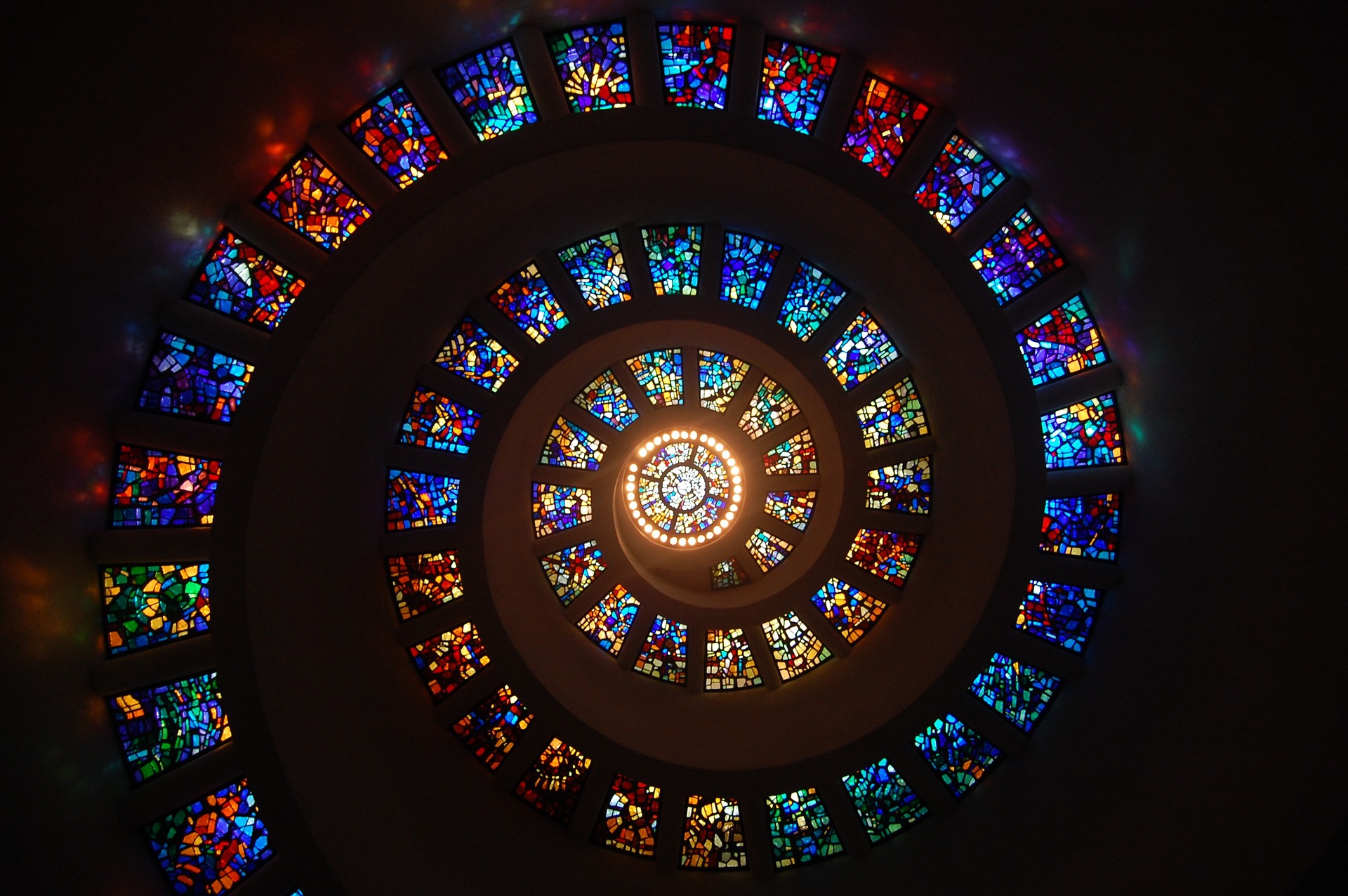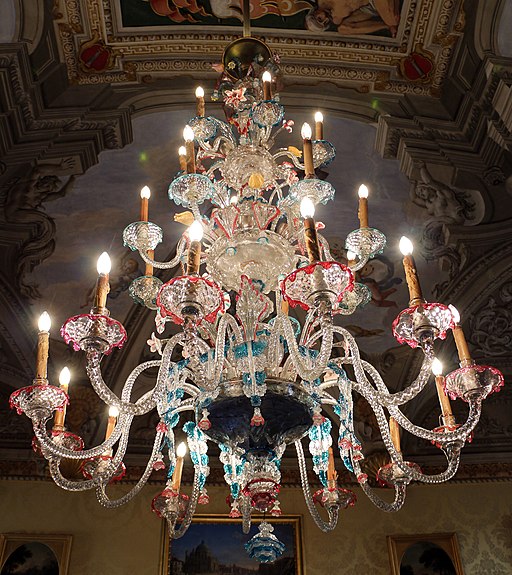Arnakian Glass
The finest ornament in Nys
The city of Arnak in the Sun Desert Kingdom perfected glassmaking during centuries, producing bright and colourful ornamental pieces and panels. Rich Doujatar nobles import it, often in large quantities, to decorate their mansions as a symbol of wealth.
Contrariwise to what was believed before, it has no special magical properties whatsoever. It is high-quality glass from the desert, refined by expert hands.
History & Usage
History
Several Shajīn books refer, directly or indirectly, to Arkanian glass. Some of them are more recent and add little to none information to what is known around Nys about it. Others are older and helped in discovering the story of an ancient tradition.
The first book mentioning Arkanian glass is the "Jaf Kiz' Da", which translates as "About the Sun King", from an unnamed author around the fifth century. It is a lengthy document detailing an ancient way of worshipping the king as the Sun deity. At some point during a procession, the text describes how a servant offered "a cup made out of colourful bright glass".
Many scholars claim it is unmistakably the first description of Arkanian glass. Others point out it is too vague. While Arkanian glass is colourful and bright, its current value relies on refinement and the manufacturing process, not just its raw appearance. This dispute, besides the fact that the book is of uncertain date and from an unnamed author apparently not found anywhere else, make most scholars label this source as unreliable.
The first direct mention of Arnak and its glassmakers appears in the book "Jaf Mi'o Sha'", "About Mi-go War", written by Amasnif Qāti somewhere between 853 and 881. It recounts that, during Mi-gor occupation, after Arnakian people killed a soldier, for revenge, they "stormed glassmakers places, destroyed their tools, shattered expertly made ornaments and killed owners, since they seemed the most important thing Arnakian people had".
The author also describes how, after the end of the war, when the city was liberated, people from all the kingdom sent new tools to Arnak as gifts to help them restart and recover. It is a small detail, but it means glassmaking was not limited to Arnak but already known in the whole kingdom.
Refinement
Arnakian glassmakers developed several techniques to refine glass. They accurately guard their knowledge and skills, passing it down to their apprentices, often their own sons and daughters. Different generations of glassmakers and different families brought different innovations, and each had its own take on the process. People working in the sector are often specialized in their very own kind of manufacturing, be it ornate glasses, animals, glass threads, so that they do not compete with each other too much.
Some of them make coloured windows and decorated mirrors. They sell a major part of this production to Doujatar builders who use it to build nobles mansions and castles and Moon temples.
Distribution
Trade & Market
At first, glassmakers worked glass into everyday objects for Shajīn rich merchants, like jars, bowls and carafes. During the first few centuries of the second millennium, around 1000, judges in the Free Lands began buying them as ornaments for their houses in small quantities.
The new traffics brought new infrastructure for the countries involved. The Sun Kingdom began building a road along the coast through the rocky desert, later known as the Merchant Path. It features fortified locations to defend against raids of nomad Mi-go from the desert in the South and pirates from the North. Its main goal was to shorten the time glass packages must spend on ships out in the sea, to minimise risks, especially breaking glass in heavy weather.
The road ends in the city of Ishā’ar, whose name means "entrance point". From there, Cajenian merchants ship goods to the Free Lands, acting as intermediaries and taking all possible precautions to ensure glass arrives safe and sound on the other side of the sea. In 1423, the founding of the Cajenian League brought even more safety to sea traffics, at least against pirates.
After the Nesto treaties and the unification of Doujate, the Moon Church began expanding its influence over the neighbouring Free Lands. With Doujatar nobles now visiting the region, in particular for the laregni festival in Calotia, discovered the glass ornaments. They decide to make Arnakian glass another luxury, symbol of their status.
Type
Glass
Value
Luxury
A simple glass bowl from the ninth century.
Caraphes with Arnakian glass thread.
Glass chandelier in the king's mansion.







Comments